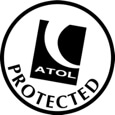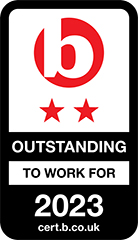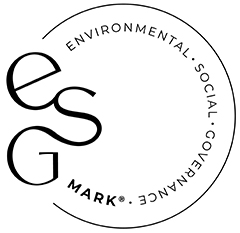Child benefit serves as a crucial form of financial support for parents or guardians in the UK. However, higher-earning couples face the risk of child benefit clawback through the High Income Child Benefit Charge (HICBC) if the higher earner's annual taxable income exceeds £50,000.
In this article, we explore the key considerations surrounding child benefit clawback and provide practical guidance on effectively managing tax liabilities for families.
Child benefit eligibility is determined by the responsibility for a child under 16 years old (or under 20 if they are in full-time education or training). When the claimant or their partner’s income surpasses £50,000, the HICBC comes into play. For these purposes, ‘partner’ means someone you’re not permanently separated from who you’re married to, in a civil partnership with, or living with as if you were.
The HICBC operates on a sliding scale. For every £100 of income above the £50,000 threshold, 1% of the child benefit received is clawed back. When the higher earner's income reaches £60,000, the entire child benefit is effectively clawed back. Notably, the charge is based on the higher earner's income, regardless of who actually receives the child benefit.
If the higher earner’s income is consistently over £60,000, families have the option of opting out of receiving child benefit. By doing so, they eliminate the need to repay the benefit through the tax system. However, it is still advisable to complete the child benefit claim form to ensure registration for National Insurance credits, which contribute to state pension entitlement, and to ensure that the child receives a National Insurance number without having to apply for one.
The greatest complication with HICBC is that it is calculated by reference to the higher earner’s income, and it is their responsibility to pay it. With independent taxation, each individual is responsible for their own tax affairs, but couples need to decide between them who is the higher earner and hence liable to the HICBC charge. And remember that responsibility for the charge could change from year to year. HICBC should not be ignored. Anyone liable to the HICBC is required to file a tax return and HMRC will charge interest or penalties for late filing and late payment in situations where it is not declared and paid in time.
It is crucial to promptly notify the Child Benefit Office of any changes in entitlement to Child Benefit. Backdating child benefit claims for up to three months is possible, but bear in mind that the HICBC will be backdated for the same period.
Exploring alternative support options can help offset the reduction in child benefit and mitigate the impact of the clawback. Although entitlement to employer-provided childcare vouchers has ceased for new applicants with effect from April 2018, the tax-free childcare scheme is available and offers a Government contribution of £2 for every £8 you save towards childcare costs up to a maximum contribution of £2,000 per year (or £4,000 if the child is disabled).
Tax planning strategies can also help families avoid or minimise the child benefit clawback. Making Gift Aid donations or personal pension contributions during the tax year increases the £50,000 threshold at which the HICBC applies. If running a business with a partner, adjusting income levels to equalise them below £50,000 may also be possible. It is crucial to plan and implement these adjustments in advance, so seeking professional advice is advisable.
Personalised guidance based on your specific circumstances is strongly recommended. If you would like to discuss this topic further, please get in touch.
If you have any questions about the above, or would like more information specific to your circumstances, please enter your email address below and we will get in touch:

















